

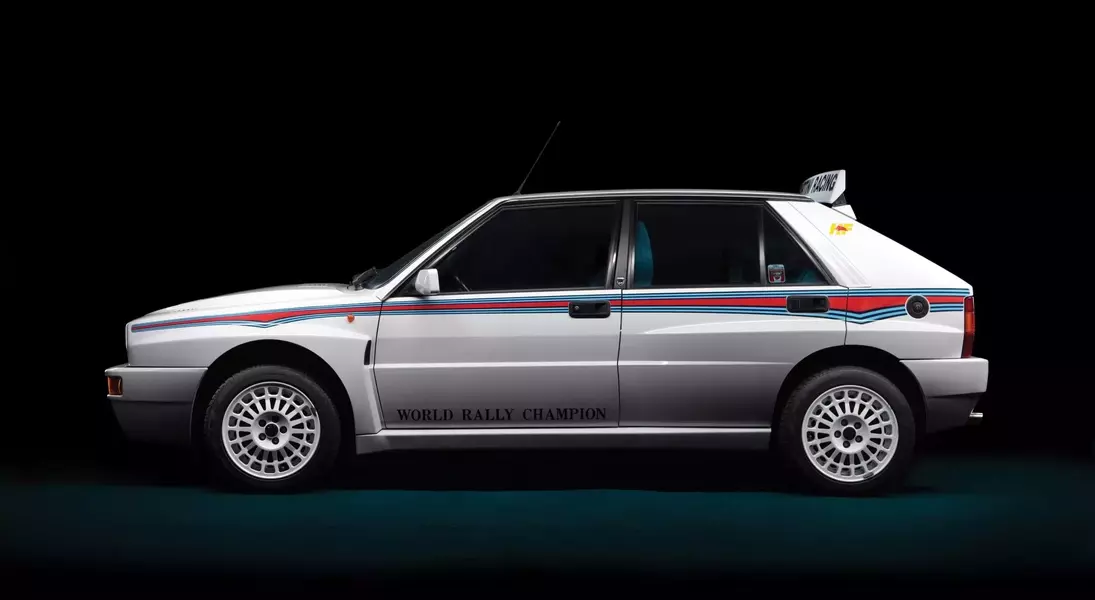
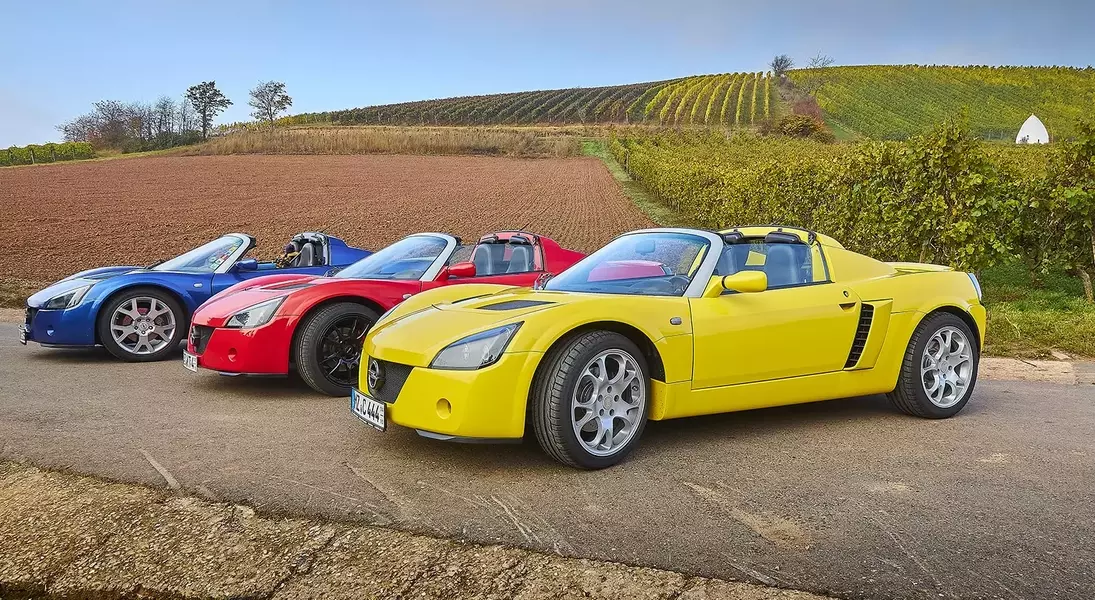
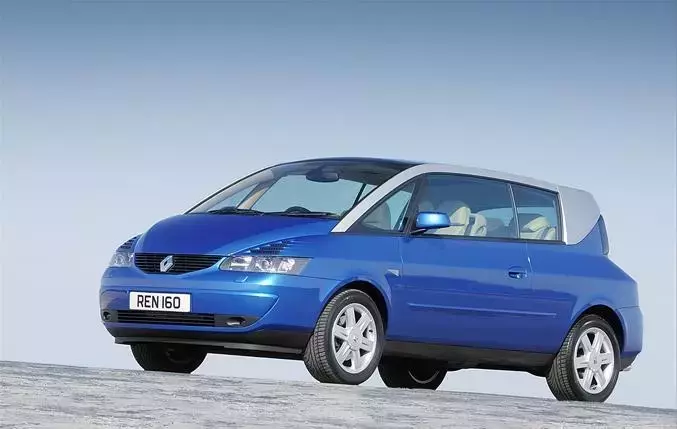


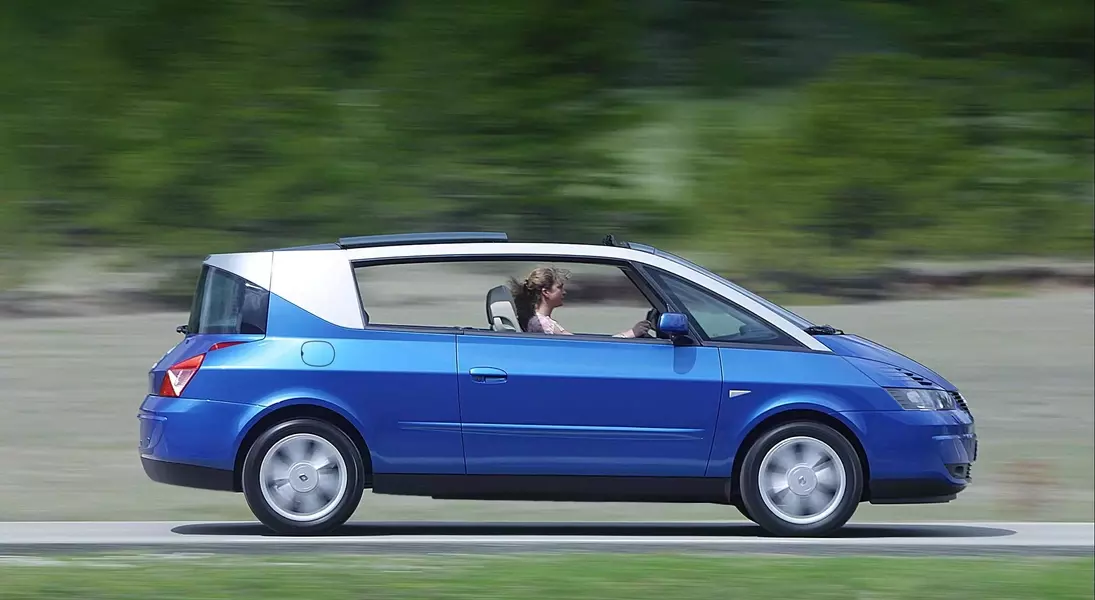

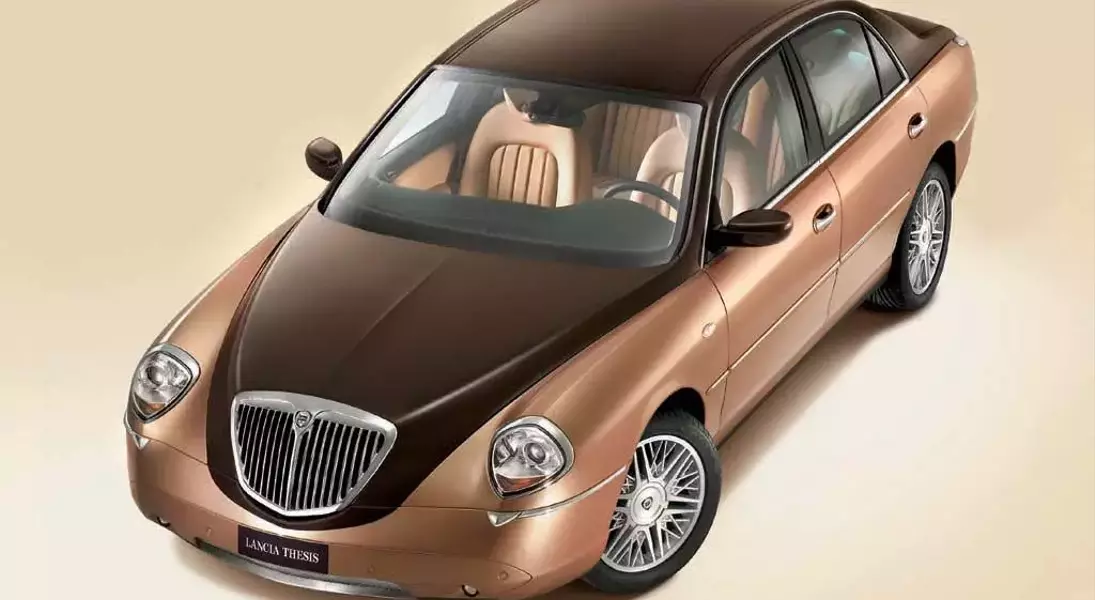



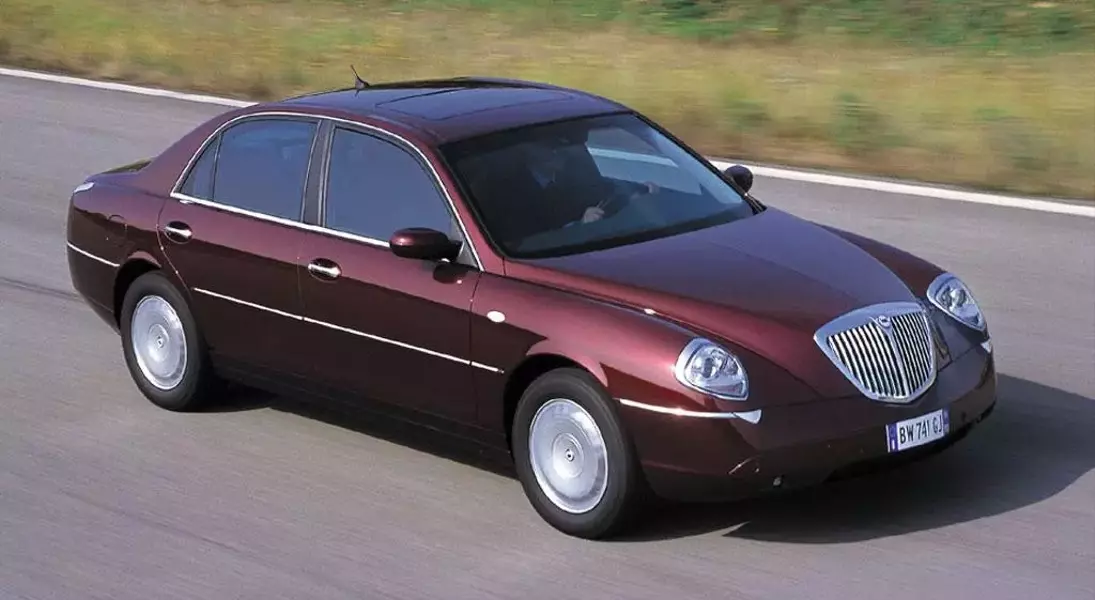


Unlock a World of Automotive Excellence: Your Dream European Ride Awaits in 2026!
The Gateway to Automotive Dreams: Understanding the 25-Year Rule for European Classics
Many classic vehicles, such as the Nissan GT-R R34, can now be legally driven on American roads, a phenomenon attributed to a specific regulation. The 1988 Imported Vehicle Safety Compliance Act dictates that any automobile aged 25 years or older is exempt from Federal Motor Vehicle Safety Standards (FMVSS), thereby becoming eligible for import into the United States. This provision means that a vehicle's original availability in the U.S. market becomes irrelevant once it reaches this age milestone, enabling its legal importation, registration, and operation.
As each year passes, this rule progressively expands the range of previously inaccessible vehicles that can be legally imported. While Japanese models often dominate overseas import discussions due to their availability and the straightforward shipping process from Japan, European vehicles also offer compelling opportunities for those seeking distinctive automotive experiences. Moreover, Canadian regulations, which permit the import of vehicles over 15 years old, present an alternative avenue for acquiring coveted models closer to home, circumventing the logistical complexities and costs associated with trans-Pacific shipping.
The European Elite: Four Exceptional Models Ready for U.S. Import in 2026
For discerning enthusiasts desiring truly unique cars or those who have long admired specific models previously unavailable in the United States, the 25-year import rule extends its benefits beyond Japanese imports to a selection of European automotive gems. In 2026, models manufactured in 2001 will become eligible for legal importation and titling on American roads. Although importing vehicles from Europe typically involves higher costs compared to Japan, the acquisition of these distinctive European classics can be a highly rewarding pursuit. Additionally, some of these vehicles might already be found in Canada, having been legal for import there for the past decade, potentially simplifying the acquisition process for U.S. buyers.
Opel Speedster/Vauxhall VX220: The Agile Anglo-German Roadster
While a limited number of Opel Speedster models from July 2000 production are already eligible for import, the majority of these engaging convertible sports cars will qualify for U.S. entry throughout 2026 and subsequent years, given that their production extended until 2005. Despite its unique front-end design, the Opel Speedster originated from a collaboration between General Motors and Lotus. GM's financial support was crucial for the development of Lotus's Series 2 Elise platform, with the condition that Lotus would engineer and manufacture the Opel Speedster (and its right-hand-drive UK counterpart, the Vauxhall VX220) using the new Elise chassis.
Originally, the Series 2 Elise was designed to accommodate the 1.8-liter four-cylinder engine from the Toyota Celica. However, the GM-bound variant of the Speedster was engineered to house a more potent 2.2-liter all-aluminum GM EcoTec four-cylinder engine, generating up to 145 horsepower, a significant 25 hp increase over the Lotus Elise. This power, coupled with its remarkably light curb weight of just 1,929 pounds, allowed the Speedster to truly live up to its name. For those willing to await future eligibility, a turbocharged version of the Opel Speedster, introduced in 2004, boasted an impressive 200 horsepower, enabling a 0 to 100 km/h acceleration in a mere 4.7 seconds and a top speed of 242 km/h (150 mph).
Renault Avantime: France's Bold Vision of a Grand Tourer
The Renault Avantime, France's exceptionally unconventional interpretation of a "grand tourer," stands in stark contrast to its German and British counterparts. While Germany offered sophisticated coupes like the BMW 6-Series and Mercedes-Benz CL-Class, and Britain produced powerful sports cars such as the Jaguar XKR and Aston Martin DB9, Renault opted for a distinctive front-wheel-drive, two-door minivan concept. Despite its idiosyncratic design, the Avantime has since cultivated a dedicated following, admired for its unique fusion of luxury and comfort, conceived with an unmistakably French sensibility. Having garnered recognition in video games like Gran Turismo 7 and praised on popular automotive programs such as Top Gear and The Grand Tour, the Renault Avantime has solidified its status as a collector's item, making it a valuable addition to any automotive collection.
As someone residing in Canada, where these vehicles have been import-eligible for a considerable period, I've had the pleasure of encountering the Avantime firsthand. For years, a stunning silver-green Avantime was often seen near my home, and I couldn't help but appreciate its wonderfully eccentric charm. These cars also offer an engaging driving experience, especially when equipped with the robust 3.0-liter V6 engine paired with a manual transmission.
Lancia Thesis: Italian Elegance Meets Driving Enthusiasm
The Lancia Thesis, with its production commencing in 2001, presents a distinctly Italian perspective on the luxury mid-size sedan, offering a compelling alternative to formidable German rivals like the Audi A6 and Mercedes-Benz E-Class. This vehicle is an ideal choice for driving enthusiasts who prioritize sophisticated design and a refined interior. Available with either straight-five or V6 engine configurations, every Lancia Thesis delivered ample power and, perhaps more significantly, the captivating engine acoustics characteristic of Italian engineering. The availability of manual transmissions further enhances its appeal, positioning it as one of the most underrated driver-focused luxury cars globally.
While the front-wheel-drive Lancia Thesis may not offer the all-wheel-drive traction of Audi's Quattro systems or the rear-wheel-drive dynamics of the E-Class, it nonetheless promises immense driving pleasure. Furthermore, it boasts exceptional comfort, featuring a plush ride and sumptuously appointed seats. Among the various powertrain options, including the powerful 227-horsepower 3.2-liter Alfa Romeo V6 and a 2.4-liter turbodiesel five-cylinder, the 2.0-liter Fiat-sourced turbocharged five-cylinder petrol engine paired with a six-speed manual transmission is particularly recommended. Delivering 182 horsepower and 227 lb-ft of torque, this configuration offers an exhilarating driving experience, combining luxurious Italian craftsmanship with engaging performance. The only minor consideration is the potential challenge of sourcing replacement parts.
RUF RTurbo 911: The Ultimate Porsche Enhancement
For the pinnacle of automotive acquisition, the RUF RTurbo 911 stands as a highly coveted and challenging find, demanding substantial investment. Nevertheless, for those with the means, incorporating this vehicle into a collection is strongly advised. Any true car enthusiast will undoubtedly admire RUF Porsches, a testament to their legendary status. Production of the 996-based RUF RTurbo commenced in 2001, making these models eligible for import starting next year, and continued until 2005. Powered by customized versions of the contemporary Porsche 911 Turbo's 3.6-liter twin-turbocharged flat-six engine, the RUF RTurbo offered extensive customization options.
Prospective owners could personalize their RTurbo with a choice of coupe or convertible body styles, manual or automatic transmissions, rear-wheel or all-wheel drive, and three distinct power levels. Even the entry-level offering provided a formidable 520 horsepower, with mid-range options reaching 550 hp, and the most potent configurations generating an impressive 590 horsepower. Additional enhancements over the standard 911 Turbo included a Porsche GT2 transaxle, a reinforced clutch, an upgraded limited-slip differential, a comprehensively modified suspension system, and RUF-Brembo braking components.
A Nod to the Discerning Collector: Embracing European Exotics
While the allure of Japanese imports remains strong, car enthusiasts who yearn for distinctive European vehicles can anticipate their legal entry into the United States once these models reach the 25-year age threshold. For 2026, the featured vehicles cater to a niche of enthusiasts with a penchant for the unconventional. It is reasonable to assume that individuals willing to undertake the significant expense of importing a 25-year-old car from Europe possess a unique and adventurous spirit. To these devoted collectors, continue pursuing your passion. Should anyone acquire a vehicle from this list, please reach out—I'd be delighted to connect and share in the enthusiasm.
Would you consider taking the extraordinary step of importing one of these exceptional vehicles to the U.S., or do you believe they are better suited for their originating markets, far from American shores? Do you have alternative suggestions for desirable imports? We invite you to share your perspectives and engage in the discussion.
